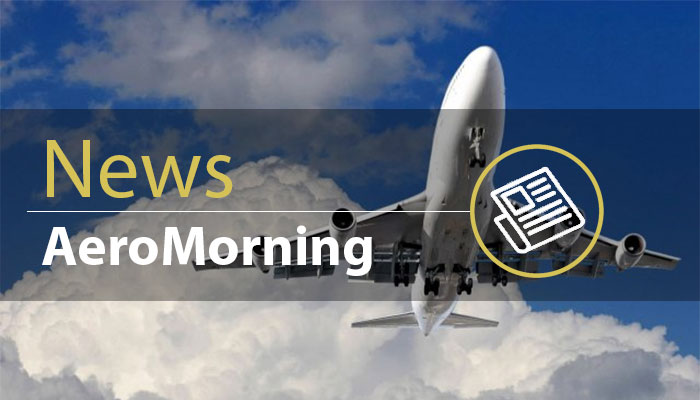European airports are in good health. They posted a record summer, surpassing pre-pandemic levels by 7%. More broadly, buoyed by leisure travellers, they recorded roughly a 5% increase in passenger volumes in August alone.
Passenger traffic across the European airport network jumped 4.9% compared with August 2024. These very strong figures once again confirm that summer demand—driven by leisure travel—underpins a large part of the sector’s economy. Set against the annual average, which industry players put at around +4.3%, this points to a lasting recovery and much-appreciated stability for the sector. Passenger volumes now stand 7% above August 2019 levels. That symbolic 2019 threshold had been seen as an excellent vintage before the COVID-19 crisis brought everything to a halt.
This growth in European air traffic is partly explained by a rebound in international flights, estimated at +5.6%. Domestic air traffic, by contrast, is the laggard, posting only a modest +1.6% increase. The first takeaway: the current trend favours cross-border travel, spurred by a major revival in tourism.
Aircraft movements (take-offs and landings) rose by +3.3% year-on-year, reflecting higher load factors and better airport slot management.
Two-speed growth
Here again, we should avoid generalising from a single case. The overall very good results mask sharp contrasts between European countries. Statistically, we could split Europe into two: Eastern and Western Europe. Airports in Eastern Europe lead the pack with the strongest growth, averaging around +8.8%. Standout examples include traffic to Moldova (+46.6%), bordering Romania and Ukraine, and Bosnia and Herzegovina (+20.4%). Also in Eastern Europe, Poland (+15.1%), Slovenia (+11.7%) and Romania (+10.3%) are all posting double-digit growth, above the average. The only exceptions to this pattern are Estonia and Latvia, which show negative growth of −4.5% and −6.7%, respectively.
On the Western side of Europe, growth continues but more timidly. Far from weak, it can be explained by structural reasons. These airports enjoy particularly stable demand and infrastructure that in recent years has reached its limits in terms of handling aircraft and passengers. They are thus constrained by a number of slots that cannot expand indefinitely. Among the major historic European markets, Germany therefore posts a reasonable +4.2% growth, Spain +3.8%, Italy +2.8%, and the United Kingdom +1.7%. France, for its part, shows just +1%.
Overall, airports in Western Europe remain below the average.
Passengers aren’t shunning hubs
They have often been seen as off-putting by passengers—because of their size and their sometimes “factory-like” way of handling flows. And yet, judging by footfall, they remain unavoidable. The hubs that see more than 40 million passengers a year grew their traffic by +3.5% year-on-year. Among them, Istanbul Sabiha Gökçen stands out as the growth champion (+21.5%), closely followed by Istanbul Airport (+6.8%). Notable milestones: Istanbul Airport and Heathrow both surpassed the historic threshold of 8 million passengers in a single month—a first in Europe to our knowledge.
Sitting just below their bigger siblings, the “mega-airports” (20–40 million passengers) also proved resilient, with average growth of +4.2%. The best performances were at Milan Malpensa (+10.2%), Copenhagen (+8.6%), and Athens (+6.8%).
Regional airports: the hidden engines of growth
Airports in the “Large” (10–25 million) and “Medium” (1–10 million) segments stand out, growing faster than average at +6.1% and +5.8%, respectively. This momentum can be attributed to the expansion of low-cost carriers, which often favour smaller airports for their lower fees. Some airports are seeing double-digit surges, notably Warsaw (+15.6%), Kraków (+19.6%), Chișinău (+46.6%), and Bucharest-Băneasa (+118.6%), which all make the honour roll.
However, small airports remain the only ones yet to recapture their pre-pandemic levels, with an average decline of −20.1%.
Jean-François Bourgain, le 15/10/2025 pour AéroMorning









Be the first to comment on "European Air Traffic Lights the Afterburner"